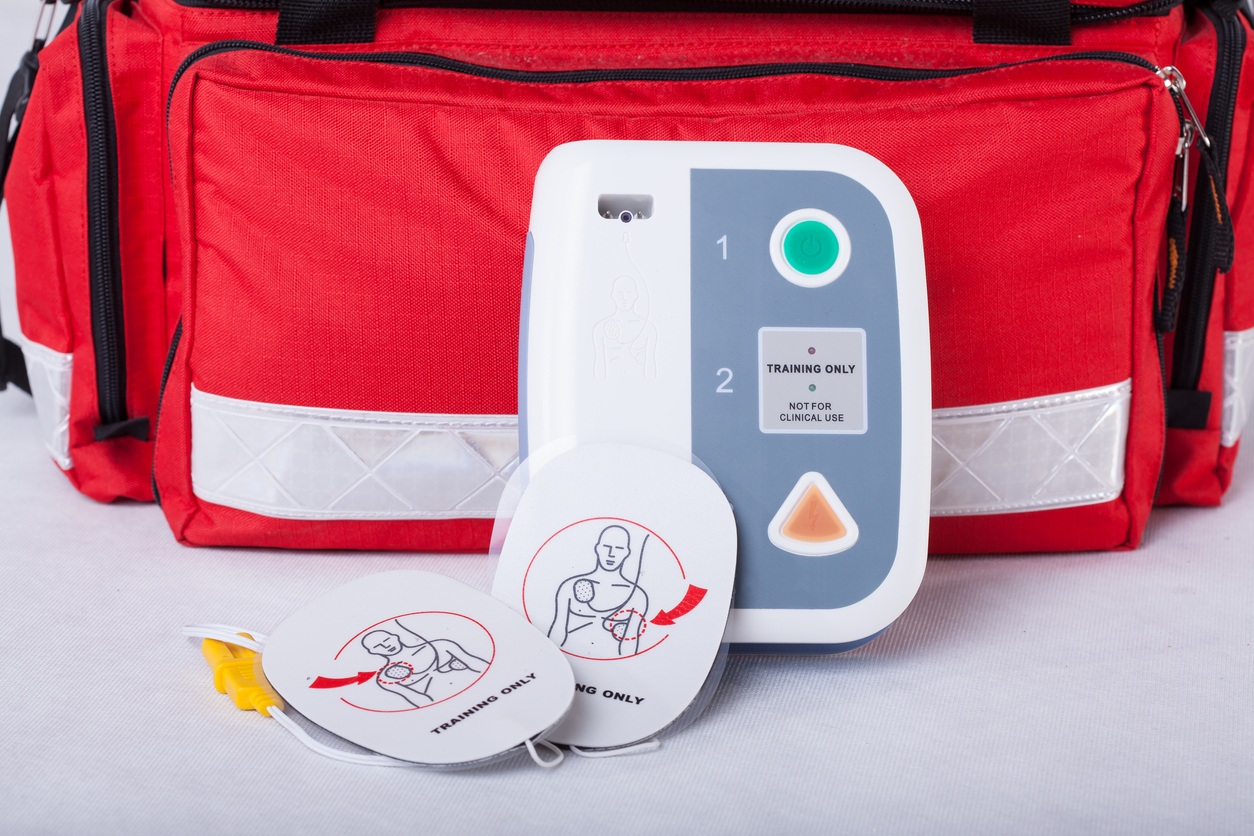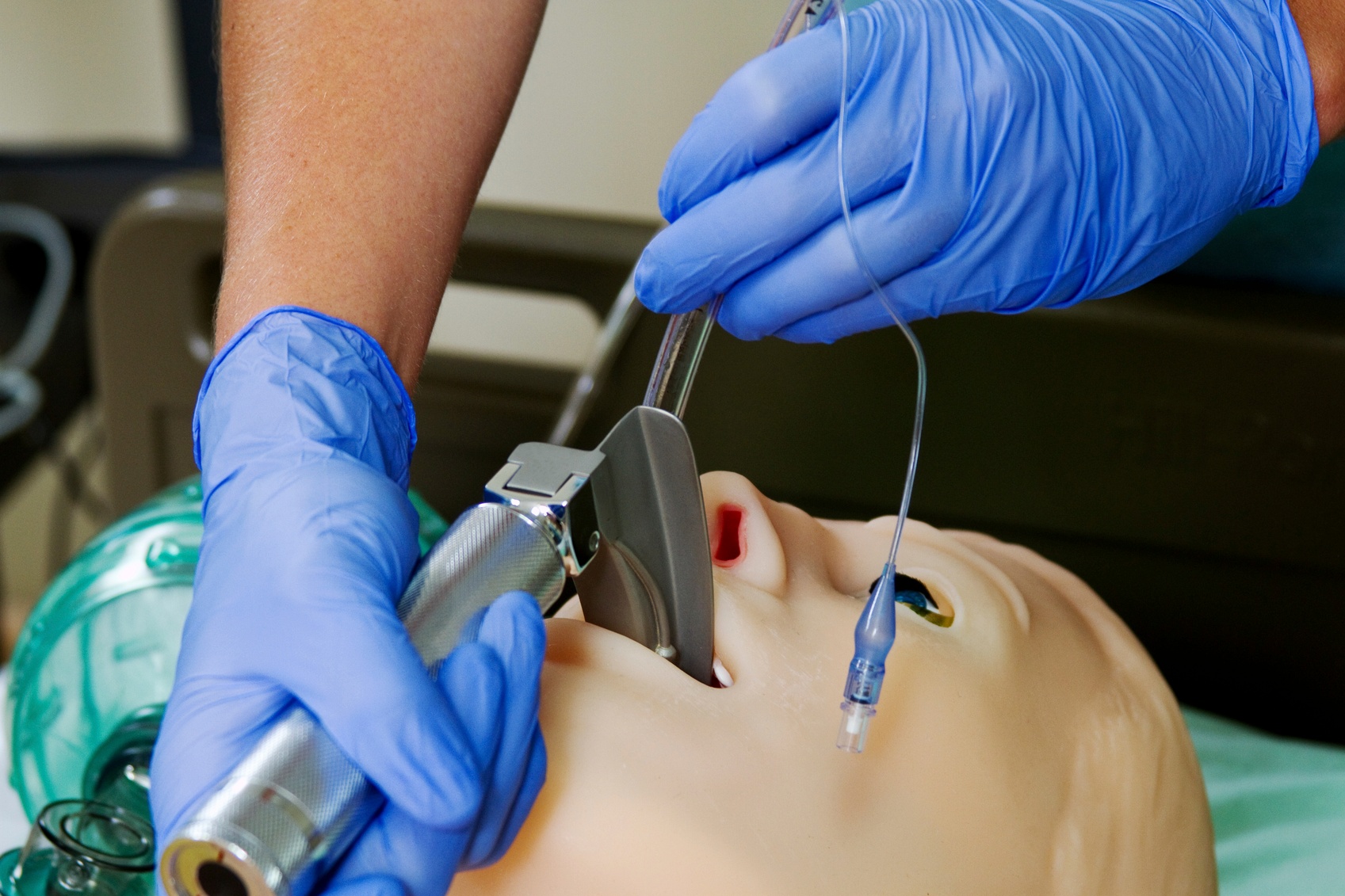
When it comes to creating and running simulation scenarios, instructors have to choose whether to use actual medical equipment (such as thermometers, glucometers, bedside monitors, medication carts, and so on) or to use simulators that closely mimic medical equipment. One of the challenges in running scenarios with simulated participants, for example, is ...

When entering the realm of simulation education, one of the first decisions an educator has to make is the type of simulation solution she will use. This will depend on several things, including the level of the students and classroom learning objectives.

Simulation is a favored teaching methodology in healthcare education. As discussed in our previous posts, “What is Simulation” and “Why Use Simulation,” simulation allows students to build hands-on experience in a risk-free, safe environment. For all its benefits, adopting simulation can be difficult. The following best practices should be considered ...

Pocket Nurse founder and CEO Anthony Battaglia, RN, MSN, BSN, has been involved with nursing education and healthcare simulation since 1992. Having nurse educators on the team to familiarize Sales, Customer Service, and Marketing department employees has always been important to him. Current corporate nurse educators are Fabien Pampaloni, MSN, RN and ...

Simulation “refers to an artificial representation of a real world process to achieve educational goals through experiential learning.”1 Last week’s post, “Simulation in Healthcare Education,” delved into the definition of simulation in a healthcare setting and its four ...











